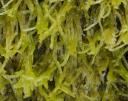
Unidentified Insect:
I noticed this little creature crawling around on me after I had been pulling some weeds. I was mostly pulling grass, so that’s what I think it had been on prior to me. It is quite small, less than 1cm in length (actually, probably less than 5mm in length). The color and pattern was quite striking, so I decided to take some photos. Although it was capable of flying (and did so a couple of times while I was trying to take pictures), it did not seem inclined to fly much. It preferred walking. Even after sitting in the refrigerator for awhile, it was still moving (quickly for its size) and rarely stopped. It was so small that I was using the 1-5x macro lens which does not have automatic focus, so I found it quite challenging. One thing I noticed when looking at the pictures is the particularly long protrusion from it’s mouth area. This can be seen in the large photo above, but is best seen in the photo where the insect appears to be cleaning its antenna (click on thumbnail below).
I have no idea what this insect is, so I’ve submitted it to bugguide.net with hope of help.

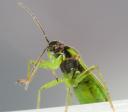
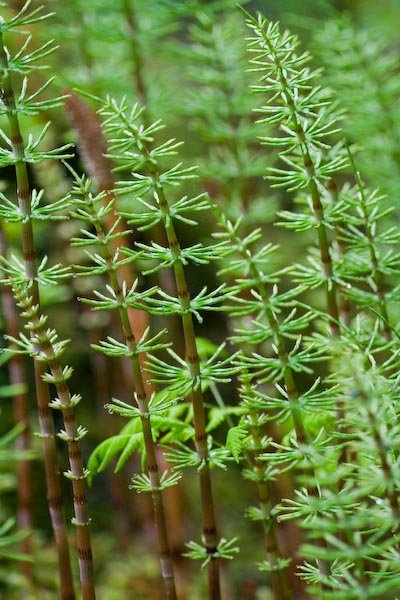
Common Horsetail
Equisetum arvense
This species is typically found in disturbed areas. With favorable ground conditions, it can form very dense stands that I imagine are probably clonal. These are the non-reproductive parts of the plant that are just growing to full size. The leaves (such as they are) will continue to get longer.
Other Photos
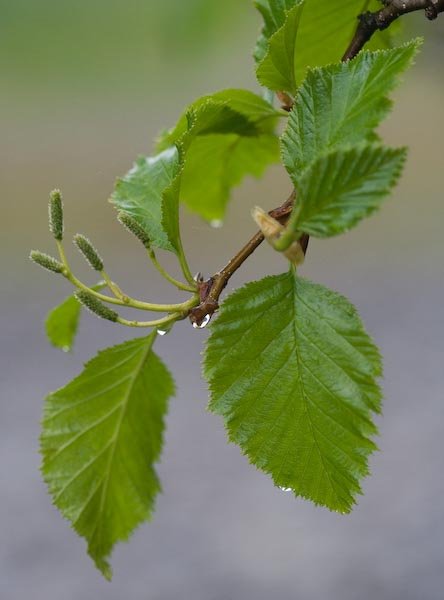
Sitka Alder
Alnus viridis sinuata
Sitka Alder is fairly common around here. It is most commonly found growing along beach fringes, avalanche tracks and other disturbed locations. Its growth is typically shrubby, with multiple smaller growths rather than a central large trunk. Its leaves also are double toothed, unlike its close relative, Red Alder. I had never before noticed the structures that I am guessing are flowers. I’m thinking the catkins are the male part, and perhaps these structures are the female flowers that will eventually develop into the cones (the photo with cones below shows cones still remaining from last year).



Other Photos
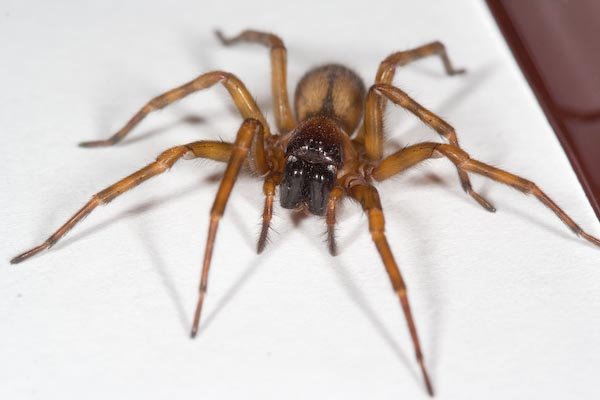
Hacklemesh Weaver
Callobius pictus
Thanks to Eric Eaton via bugguide.net for the family identification. The name ‘Hacklemesh Weaver’ is for the family group, not the individual species (which does not seem to have a common name).
Thanks to Jozef Slowik via Nearctic Arachnologists’ Forum for the species identification. He has written a paper on a survey of spiders on Chichagof Island (pdf) that I suspect will be helpful for figuring out the species of spiders I might find in the future.
I noticed this spider crawling down the side of a trash box while working on my computer this evening. It was a little distracting to see something large and dark slowly moving out of the corner of my eye. However, with this project as motivation, I took advantage of the situation and put it in a jar. It was pretty active, so I tried the refrigerator trick and after a few minutes it was far less active. I placed in a glass baking pan with paper on the bottom to take the pictures. At first its legs were all pulled in tight, but eventually it spread them out a little bit. After a few minutes it warmed up again and started moving around. Let’s just say it can be a little startling to be looking through the camera trying to take a close up of a spider’s face and then have it come scurrying rapidly toward you(r lens).
I have no idea how to identify spiders at this point, so I’ve submitted the photo to bugguide.net and the Nearctic Arachnologists’ Forum and will hope for some help.
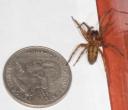


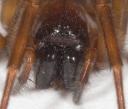

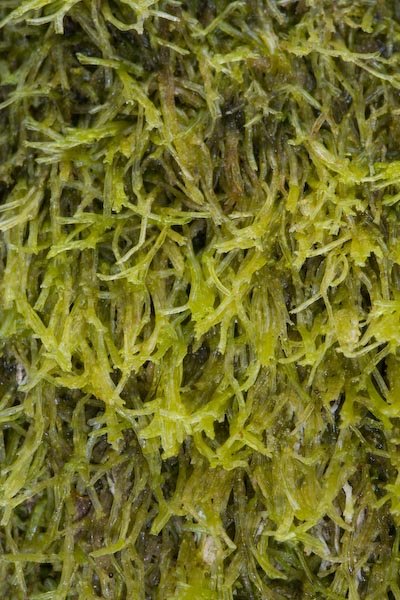
Liverwort
Metzgeria conjugata
I noticed this rather lush growth of liverworts on the trunk of a Yellow Cedar while wandering around Indian River Valley. I think there were sporophytes present, but they were quite small, looking almost like little pieces of bark or dirt that had fallen into the liverworts.
